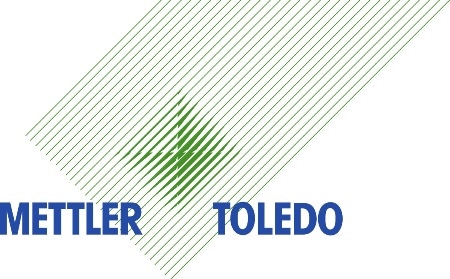The activity of active fillers like carbon black is largely affected by their surface area. In addition to the content, the type of carbon black used as an active filler is equally important. Here, samples of EPDM composed of different types of carbon black filler are analyzed to demonstrate the ability of TGA to provide this information.
Sample
The sample used in this analysis is an elastomer made from EPDM containing different types of carbon black. The composition of the elastomer is as follows:
| EPDM content: |
49.3% |
| Carbon black content: |
44.3% |
| Vulcanization system and additives: |
6.3% |
The following table lists the four different EPDM samples used in this analysis
| |
W311 |
W312 |
W313 |
W314 |
| Carbon black type |
N990 |
N121 |
N550 |
N115 |
| Carbon black structure in units of DBP compressed |
40 |
88 |
112 |
98 |
The value of DBP compressed (DBP quantified under pressure) explains the size of the carbon black surface area (better than the void volume) under conditions simulating the production process. The surface area is typically determined by establishing the DBP compressed value. The surface area is smaller if the DBP compressed value is smaller.
Conditions
| Measuring cell: |
TGA/DSC 3+ |
| Pan: |
Alumina 30 µl |
| Sample preparation: |
Two pieces of elastomer of equal size totaling about 10 mg for each measurement |
| TGA measurement: |
Heating from 50 °C to 625 °C under nitrogen (50 ml/min), cooling to 250 °C, switching to air (50 ml/min)) and heating to 800 °C |
| Atmosphere: |
Nitrogen and air, automatically switched |
Pyrolysis of the polymer is carried out in the first part of the measurement under nitrogen. This process is essential for the actual carbon black analysis. However, an evaluation is not required for the measurements discussed in this article. Then, the second heating step is carried out under air to burn the carbon black. Under observation, carbon black is seen to combust at different rates.
Evaluation
For the combustion of the carbon black, the step height is between 44.0% and 44.5% and is in good agreement with the formulation (44.3%) (Figure 1). The temperature at half the step height, T1/2, (midpoint) is a measure of the combustion behavior. Figure 2 shows the excellent correlation between T1/2 and the DBP value used to characterize the surface area of the carbon black.
.jpg)
Figure 1. TGA of EPDM with different carbon blacks
.jpg)
Figure 2. T1/2 correlates well with the DBP value used to characterize the surface area of the carbon black.
Comments
When the carbon black structure is characterized using the DBP compressed, the combustion temperature T1/2 correlates best with the type of carbon black. The DBP value that is often used exhibits a poor correlation.
Conclusions
The TGA measurement program described in this article enables different types of carbon black fillers used in elastomers to be distinguished.

This information has been sourced, reviewed and adapted from materials provided by Mettler Toledo - Thermal Analysis.
For more information on this source, please visit Mettler Toledo - Thermal Analysis.